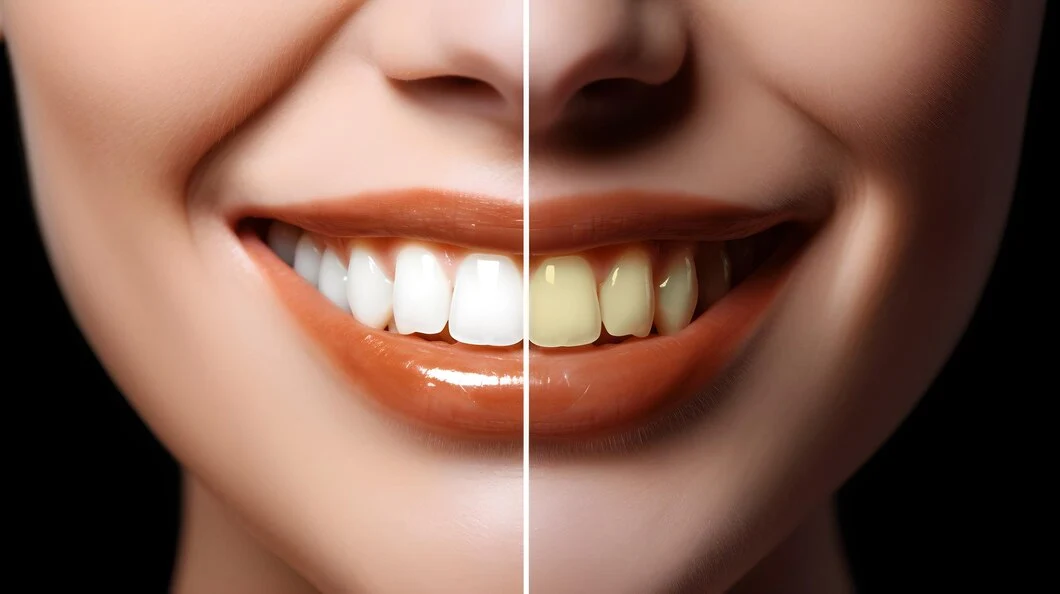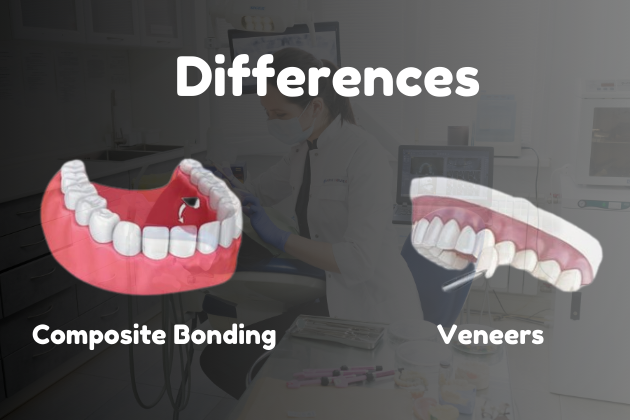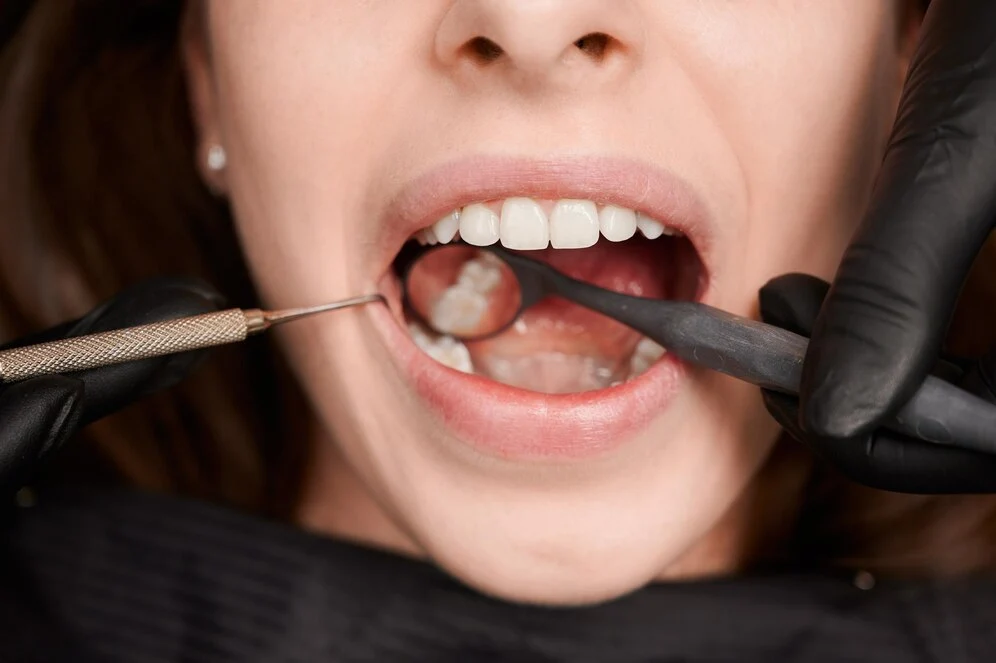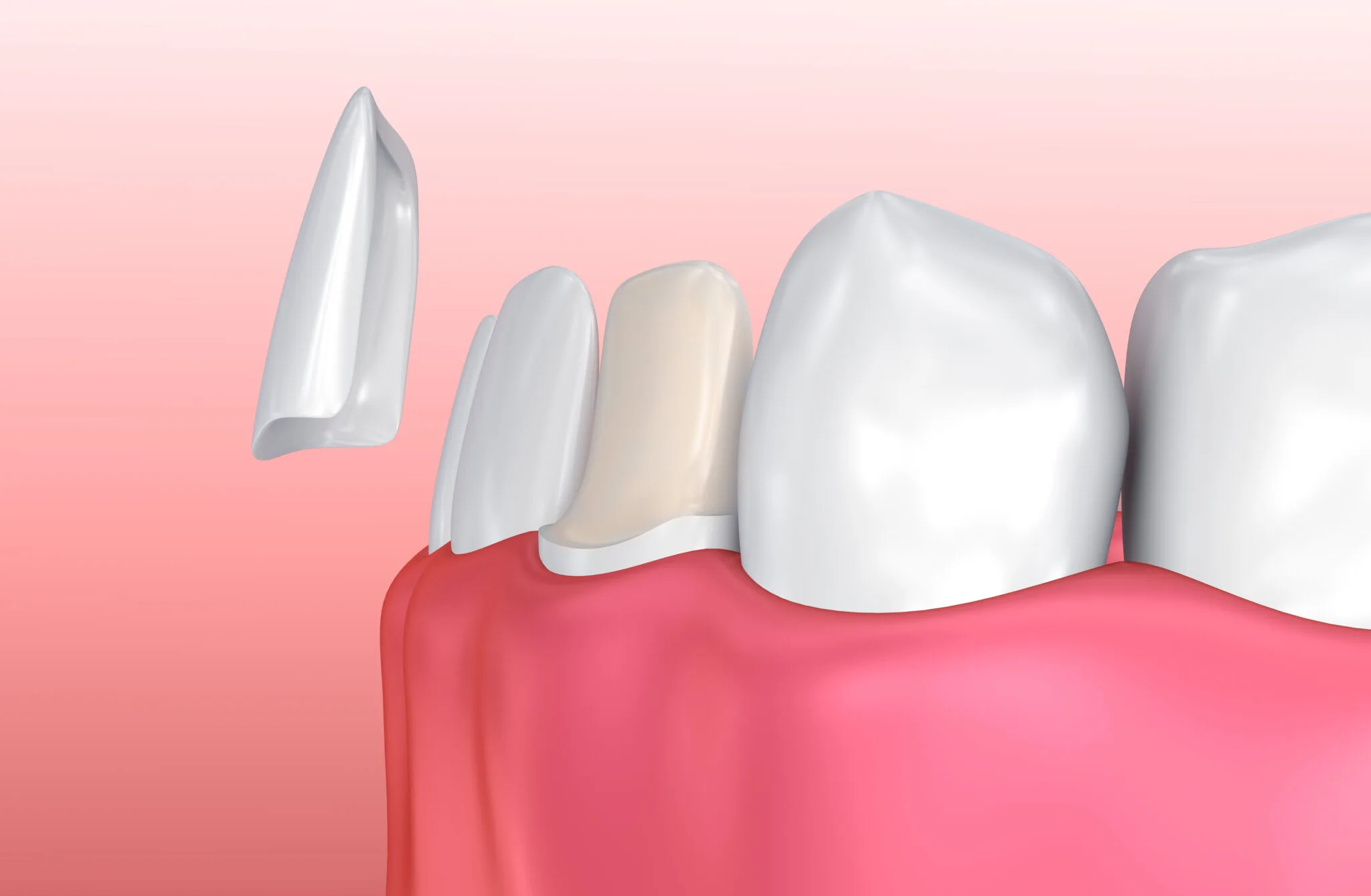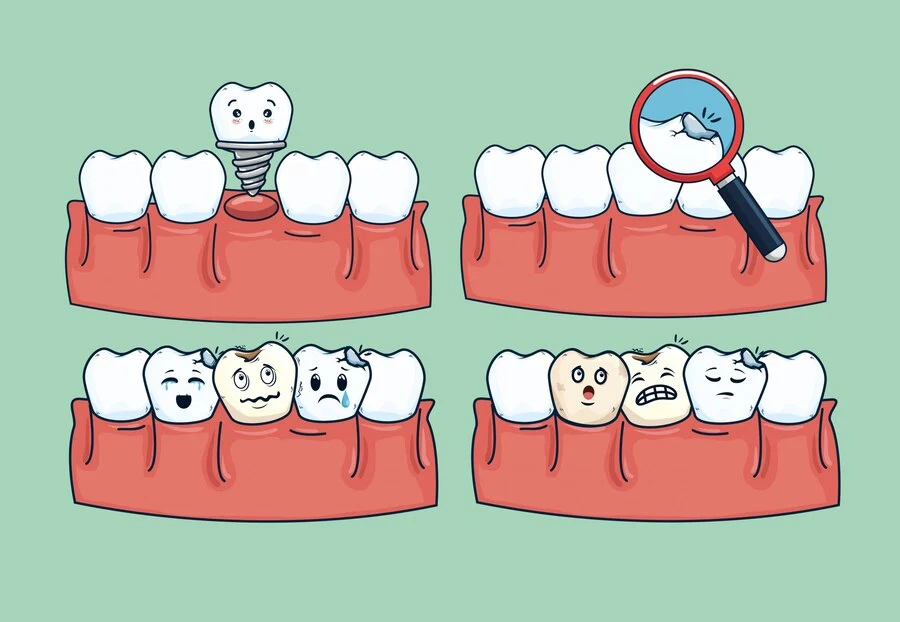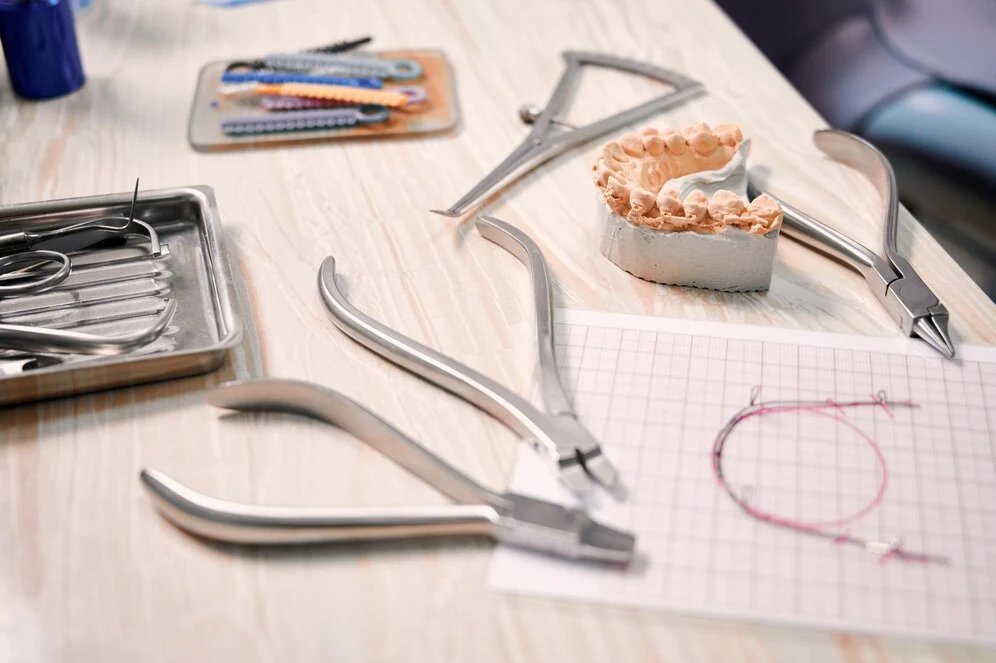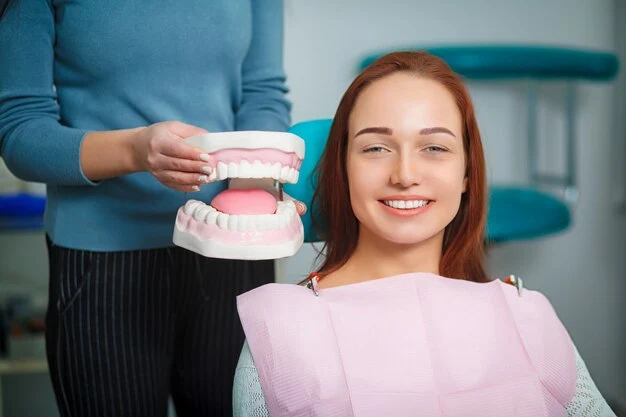Ever caught yourself envying a celebrity’s perfect smile? We all want that flawless set of teeth, but sometimes, achieving it seems impossible without spending a fortune. Enter composite bonding—a popular, cost-effective dental procedure that promises to enhance your smile. But is composite bonding bad for your teeth? Let’s dive into the details to help you make an informed decision.
What is Composite Bonding?
Composite bonding is a dental technique that uses a tooth-colored resin material to repair or improve the appearance of your teeth. Whether it’s closing gaps, fixing chips, or changing the color and shape of your teeth, composite bonding offers a versatile solution. It’s especially favored for its ability to blend seamlessly with your natural teeth, providing a more aesthetically pleasing result.
The Process of Composite Bonding
Composite bonding is a popular cosmetic dental procedure that can transform your smile in a short amount of time. It involves applying a tooth-colored resin material to the teeth to correct various imperfections. Let’s break down the process to understand what’s involved and how much time and effort it takes.
Step-by-Step Explanation
- Initial Consultation: The process begins with a visit to the dentist. During this consultation, you’ll discuss your dental concerns and desired outcomes. The dentist will examine your teeth, take X-rays if necessary, and determine if composite bonding is the right option for you.
- Preparation: Unlike other dental procedures, composite bonding requires minimal preparation. The dentist may not need to remove much of the tooth structure, making it a less invasive option. The tooth surface is cleaned and slightly etched to create a rough surface, which helps the bonding material adhere better.
- Shade Selection: One of the critical steps is selecting the correct shade of composite resin. The dentist will use a shade guide to match the resin to your natural tooth color, ensuring a seamless blend with your existing teeth.
- Application of the Bonding Material: The dentist applies the composite resin in layers. Each layer is carefully shaped and molded to achieve the desired appearance. This step requires precision and artistry to ensure the final result looks natural.
- Curing: After each layer of resin is applied, a special light is used to harden the material. This process, known as curing, ensures the bonding material is durable and securely attached to the tooth.
- Sculpting and Polishing: Once the final layer is cured, the dentist will trim, shape, and polish the bonded tooth to match the rest of your teeth. This step is crucial for achieving a smooth and natural-looking finish.
Time and Effort Involved
Composite bonding is relatively quick compared to other cosmetic dental procedures. Here’s what you can typically expect in terms of time and effort:
- Single Visit: Most composite bonding procedures can be completed in a single visit to the dentist, usually lasting between 30 minutes to an hour per tooth. The exact time depends on the number of teeth being treated and the complexity of the case.
- Minimal Discomfort: Since composite bonding is minimally invasive, it often requires little to no anesthesia. Patients typically experience minimal discomfort during and after the procedure.
- Immediate Results: One of the biggest advantages of composite bonding is the immediate improvement in your smile. As soon as the procedure is complete, you can see the results right away.
- Aftercare: Caring for bonded teeth is straightforward. Good oral hygiene practices, such as regular brushing and flossing, are essential. Additionally, it’s important to avoid habits like biting nails or chewing on hard objects, as these can damage the bonding material.

Is Composite Bonding Bad for Your Teeth?
Advantages of Composite Bonding
Composite bonding is a popular choice for many people looking to improve their smile. It offers a range of benefits that make it an attractive option compared to other dental procedures. Let’s delve into some of the key advantages:
Aesthetic Improvements
One of the main reasons people choose composite bonding is for the aesthetic enhancements it provides. The composite resin used in the procedure is available in a variety of shades, allowing dentists to perfectly match the color to your natural teeth. This results in a seamless, natural-looking smile. Composite bonding can address a range of cosmetic issues, including:
- Fixing Chipped or Cracked Teeth: The bonding material can be shaped and polished to repair chips or cracks, restoring the tooth’s appearance.
- Closing Gaps: It can fill small gaps between teeth, creating a more uniform and attractive smile.
- Improving Tooth Shape: Composite bonding can be used to alter the shape of teeth, making them look longer or more aligned.
- Stain Removal: It can cover stains or discolorations that don’t respond to whitening treatments, providing a bright and even smile.
Cost-Effectiveness
Compared to other cosmetic dental procedures like veneers or crowns, composite bonding is relatively affordable. The cost can vary depending on the extent of the work needed and the dentist’s location, but it generally offers a more budget-friendly option for those looking to improve their smile without breaking the bank.
Minimally Invasive Procedure
One of the standout advantages of composite bonding is that it is minimally invasive. Here’s why:
- Preservation of Tooth Structure: Unlike veneers or crowns, composite bonding requires very little removal of the natural tooth structure. This means more of your natural tooth is preserved.
- No Need for Anesthesia: Since it involves minimal drilling and is generally painless, the procedure often doesn’t require anesthesia.
- Quick and Easy: The procedure is usually completed in a single visit, making it convenient for patients with busy schedules.
Disadvantages of Composite Bonding
While composite bonding offers numerous benefits, it’s essential to be aware of its potential drawbacks and limitations. Understanding these can help you make an informed decision about whether this procedure is right for you.
Potential Drawbacks
There are a few drawbacks to consider when it comes to composite bonding:
- Staining: The composite resin material can stain over time, especially if you consume foods and beverages that are known to cause discoloration, such as coffee, tea, red wine, and tobacco.
- Less Durable than Other Options: While composite bonding is durable, it is not as long-lasting as other cosmetic dental options like porcelain veneers or crowns. It may require touch-ups or replacement after several years.
- Not Suitable for Severe Damage: Composite bonding is best for minor cosmetic repairs. For more significant issues, such as extensive tooth decay or severe fractures, other treatments like crowns or veneers may be more appropriate.
Durability Concerns
Although composite bonding is relatively strong, it does have some durability concerns:
- Prone to Chipping and Cracking: The bonding material, while strong, is not as resilient as natural teeth or other restorative materials. It can chip or crack if you bite down on hard objects or have habits like nail-biting.
- Regular Maintenance Required: To maintain the appearance and integrity of bonded teeth, regular dental check-ups are necessary. Dentists can polish the composite material to keep it looking fresh and address any minor issues before they become significant problems.
- Limited Lifespan: The average lifespan of composite bonding is about 5 to 7 years, after which it may need to be replaced. This is shorter compared to other cosmetic treatments like veneers, which can last 10 to 15 years or longer.
Comparing Composite Bonding to Other Dental Procedures
When considering cosmetic dental treatments, it’s helpful to compare composite bonding to other popular options like veneers, crowns, and braces. Each procedure has its unique benefits and drawbacks, so understanding these can help you make an informed decision.
Veneers vs. Composite Bonding
Veneers are thin shells of porcelain or composite resin that are custom-made to fit over the front surface of the teeth. They are primarily used for cosmetic purposes, such as improving the color, shape, size, or length of teeth.
- Aesthetics: Veneers offer a highly natural and translucent appearance, often considered superior to composite bonding. They resist staining better than composite resin.
- Durability: Veneers are more durable and can last 10-15 years or longer with proper care, whereas composite bonding typically lasts 5-7 years.
- Cost: Veneers are generally more expensive than composite bonding due to the materials used and the need for custom fabrication.
- Procedure: The process for veneers is more invasive, requiring the removal of a small amount of tooth enamel. Composite bonding, on the other hand, is minimally invasive and usually doesn’t require enamel removal.
Crowns vs. Composite Bonding
Crowns are caps placed over the entire tooth to restore its shape, size, strength, and appearance. They are used for both cosmetic and restorative purposes, especially when a tooth is severely damaged or decayed.
- Aesthetics: Crowns provide a very natural look and can be made from porcelain, ceramic, metal, or a combination of materials.
- Durability: Crowns are extremely durable, often lasting 10-15 years or longer. They are more robust than composite bonding and can withstand significant chewing forces.
- Cost: Crowns are generally more expensive than composite bonding, reflecting their durability and the complexity of the procedure.
- Procedure: The process for crowns is more invasive, involving significant reshaping of the tooth and sometimes requiring multiple visits. Composite bonding is quicker and less invasive.
Braces vs. Composite Bonding
Braces are orthodontic devices used to correct misaligned teeth and bite issues. They are not purely cosmetic but offer significant aesthetic benefits once treatment is complete.
- Aesthetics: Braces provide a long-term solution for straightening teeth, resulting in a permanent improvement in alignment. Composite bonding can improve the appearance of slightly misaligned teeth but doesn’t correct underlying alignment issues.
- Durability: The effects of braces are permanent, provided retainers are worn as advised. Composite bonding, however, needs maintenance and possible replacement over time.
- Cost: Braces can be expensive and often require a lengthy treatment period. Composite bonding is less costly and provides immediate results.
- Procedure: Braces involve a long-term commitment and regular adjustments over months or years. Composite bonding is a quick fix that can be done in one visit.
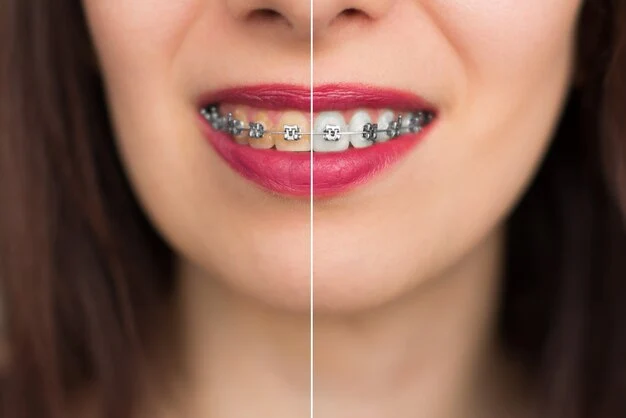
Durability and Longevity
Understanding the durability and longevity of composite bonding is crucial when considering it as a treatment option.
Lifespan of Composite Bonding
On average, composite bonding lasts between 5 to 7 years. However, this lifespan can vary based on several factors, including the location of the bonded teeth and the patient’s oral hygiene practices.
Factors Affecting Longevity
Several factors can influence how long composite bonding lasts:
- Oral Hygiene: Good oral hygiene practices, including regular brushing and flossing, can extend the life of composite bonding.
- Diet: Consuming foods and beverages that stain, such as coffee, tea, and red wine, can affect the appearance and durability of the bonding material.
- Habits: Avoiding habits like nail-biting, chewing on hard objects, and using teeth as tools can prevent chipping and cracking.
- Location of Bonding: Bonding on front teeth is more susceptible to damage from biting and chewing than bonding on less-used teeth.
Maintenance and Care for Composite Bonding
Proper care and maintenance can significantly extend the lifespan of composite bonding and keep your smile looking its best.
Daily Care Tips
- Brush and Floss Regularly: Maintain good oral hygiene by brushing at least twice a day and flossing daily. Use a non-abrasive toothpaste to avoid scratching the bonding material.
- Avoid Staining Foods and Drinks: Limit your intake of foods and beverages that can stain the composite resin, and rinse your mouth with water after consuming them.
Regular Dental Check-Ups
- Routine Visits: Regular dental check-ups and cleanings are essential to monitor the condition of your bonded teeth and address any issues early.
- Professional Polishing: Your dentist can polish the composite material during routine visits to keep it looking fresh and smooth.
Avoiding Habits That Damage Composite Bonding
- No Nail-Biting: Avoid biting your nails, chewing on pens, or other hard objects.
- Use Teeth for Eating Only: Do not use your teeth as tools to open packages or bottles.
- Protect Your Teeth: If you grind your teeth at night, consider wearing a nightguard to protect your composite bonding from damage.
Conclusion
Composite bonding offers a versatile and cost-effective solution for enhancing the appearance of your smile. It provides immediate aesthetic improvements with minimal invasiveness, making it a popular choice among patients seeking cosmetic dental treatments. While composite bonding may not be as durable as options like veneers or crowns, it offers significant advantages such as affordability, quick application, and preservation of natural tooth structure. Understanding the benefits and limitations of composite bonding can help you decide if it’s the right choice for achieving your desired smile.
FAQs
Is composite bonding suitable for everyone?
Composite bonding is suitable for many people looking to improve the appearance of their teeth. However, it may not be suitable for individuals with significant tooth decay, extensive damage, or those seeking major structural changes to their teeth.
How long does composite bonding last?
On average, composite bonding can last between 5 to 7 years with proper care and maintenance. The lifespan may vary depending on factors such as oral hygiene practices, diet, and the location of the bonded teeth.
Can composite bonding be removed or replaced?
Yes, composite bonding can be removed or replaced if needed. Your dentist can safely remove the bonding material and replace it with new composite resin or explore other treatment options based on your dental needs and preferences.







